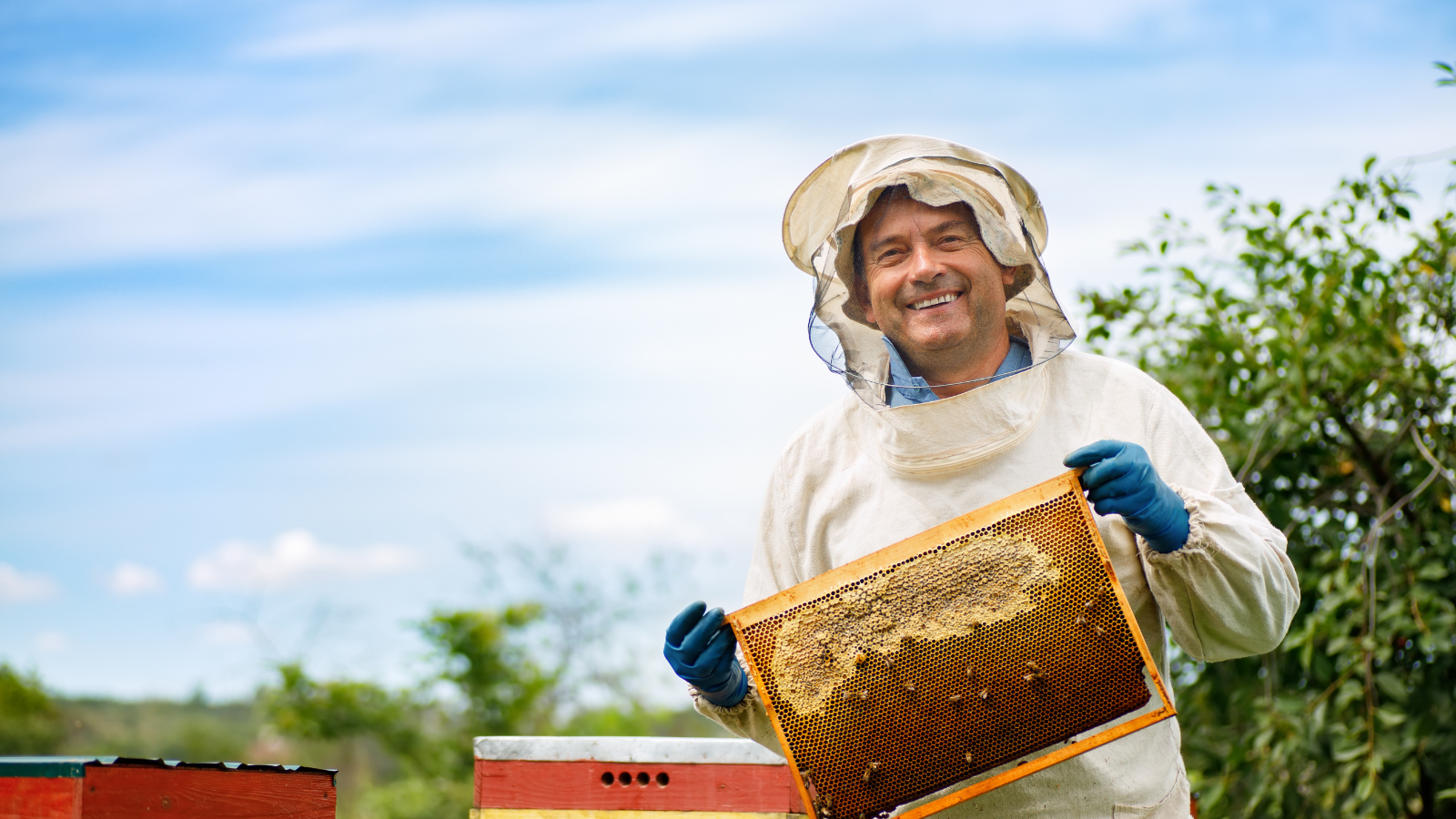Beekeeping made simple
In the delicate dance of nature, bees are the unsung heroes, stitching the fabric of life with their industrious spirit. With knowledge and passion, even the most novice hands can be the guardians of these tiny wonders, tapping into a tradition as ancient as time yet as sweet as the honey they produce.
Beekeeping, once thought of as a complex endeavor, can be made simple with the right knowledge and approach. Whether you're aiming to support local ecosystems or harvest your own honey, this guide will walk you through the simplified steps of starting your own beehive.
1. Understanding the Basics of Beekeeping
a. Why Keep Bees: Beekeeping benefits both nature and humans. Bees pollinate plants, contributing to crop growth, while you can enjoy fresh honey and beeswax.
Getting Started:
Research the importance of bees in pollination and ecosystem health.
Understand the value of honeybees' products like honey, beeswax, and propolis.
b. Know Your Bees: Before diving in, familiarize yourself with the primary types of bees in a hive: the queen, worker bees, and drones.
Getting Started:
Study the roles and lifecycles of each bee type.
Recognize the queen's egg-laying capabilities and importance to the colony.
2. Setting Up Your Beehive
a. Choosing the Right Location: Select a suitable spot for your beehive, considering sunlight, wind protection, and accessibility.
Getting Started:
Identify a sunny area with morning sunlight and some afternoon shade.
Ensure the hive entrance faces southeast to catch the morning sun.
b. Assembling Your Hive: Gather your hive components, including the hive boxes, frames, foundation, and protective gear.
Getting Started:
Purchase or build your hive components, ensuring they're of good quality.
Follow step-by-step instructions to assemble the hive boxes and frames.
3. Nurturing Your Bee Colony
a. Installing Bees in the Hive: Transfer a package of bees into your prepared hive and introduce the queen bee.
Getting Started:
Order a package of bees or nucleus colony from a reputable supplier.
Follow instructions to safely transfer the bees into the hive.
b. Regular Hive Inspections: Check on your bees periodically to monitor their health, growth, and honey production.
Getting Started:
Conduct inspections every 7-10 days during the active season.
Look for signs of disease, pests, and sufficient food stores.
4. Harvesting Honey and Hive Products
a. Honey Harvesting: Collecting honey is a rewarding aspect of beekeeping. Learn when and how to harvest honey while leaving enough for the bees.
Getting Started:
Observe capped honey cells as an indicator of readiness for harvest.
Use a honey extractor to safely extract honey from the frames.
b. Beeswax and Other Products: Apart from honey, beeswax and propolis have various uses. Understand how to harvest these products sustainably.
Getting Started:
Collect beeswax from cappings during honey extraction.
Gather propolis, a resinous substance, and learn about its uses.
Beekeeping is no longer an intimidating pursuit. By simplifying the process and breaking it down into manageable steps, you can embark on your journey as a beekeeper with confidence. Embrace the rewarding experience of nurturing bees, supporting biodiversity, and enjoying the sweet rewards of your own hive.

